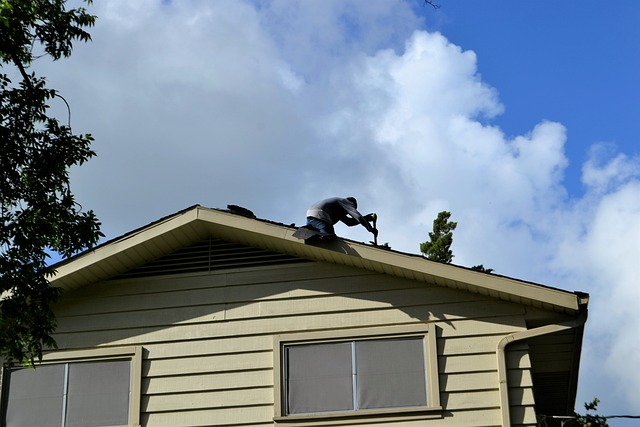Your home’s most important structural feature, the roof, shields it from the weather while also ensuring the security and comfort of your family. Over time, roofs deteriorate and require replacement. Replacing a roof is a significant investment that requires careful consideration. This blog post will explore the key factors to consider when replacing your roof.
Age and Condition of the Current Roof
Assessing the age and condition of your present roof is crucial before starting a roof replacement project. The average roof lasts 20 to 25 years, depending on the materials chosen. It could be time to replace your roof if it is getting close to this age range or is exhibiting substantial wear and tear.
Look for problems like missing or damaged shingles, water leaks, or sagging regions. You can establish the degree of the damage and whether a replacement is required by speaking with a reputable roofing company. They can handle the work if you need to replace the roof. You can be sure that the roof will last for years thanks to their knowledge and experience.
Type of Roofing Material
Asphalt shingles are the most popular due to their affordability and toughness, among the several roofing options. Other options include metal, wood shake, slate, and tile. Consider factors such as longevity, weather resistance, aesthetics, and cost when selecting the roofing material. Additionally, check local building codes and homeowner association regulations to ensure compliance with any restrictions on roofing materials.
Climate and Weather Conditions
The type of roof most appropriate for your home depends significantly on the local environment and weather. If you are in a region that frequently has strong winds, hurricanes, or a lot of snowfall, you must locate a roof that can survive such weather. Some roofing materials work better in certain climates. For instance, clay tiles are perfect for hot, dry areas whereas metal roofs are excellent at shedding snow. You may pick a roof that can offer the most protection and lifespan by being aware of the local weather patterns.
Energy Efficiency and Insulation
Homeowners now give energy efficiency a lot of thought due to rising energy bills and growing environmental consciousness. A properly insulated roof may help you control inside temperatures, save money on heating and cooling, and decrease your carbon impact. Think about putting up reflective coatings or insulated metal roofs to enhance energy-efficient. Ensure the attic has adequate insulation to stop heat loss and boost energy efficiency. Consulting professionals can help you identify the best options for maximizing energy efficiency in your roof replacement project.
Budget and Long-Term Value
Making a reasonable budget for the job is crucial since replacing a roof requires a sizable expenditure. Consider the cost of materials, labor, permits, and additional expenses, like removing the old roof or repairing underlying structural issues. Prices will vary depending on the size, materials, roof shape, labor costs, and additional features or services. It’s a good idea to get quotes from several contractors to compare the cost and find one that fits your budget.
You can make an informed choice when replacing your roof by considering elements, including the age and condition of the old one, the kind of roofing material, climatic concerns, energy efficiency, and your budget. By taking these factors into consideration, you can ensure that your new roof gives your property the maximum protection, toughness, and long-term worth.

